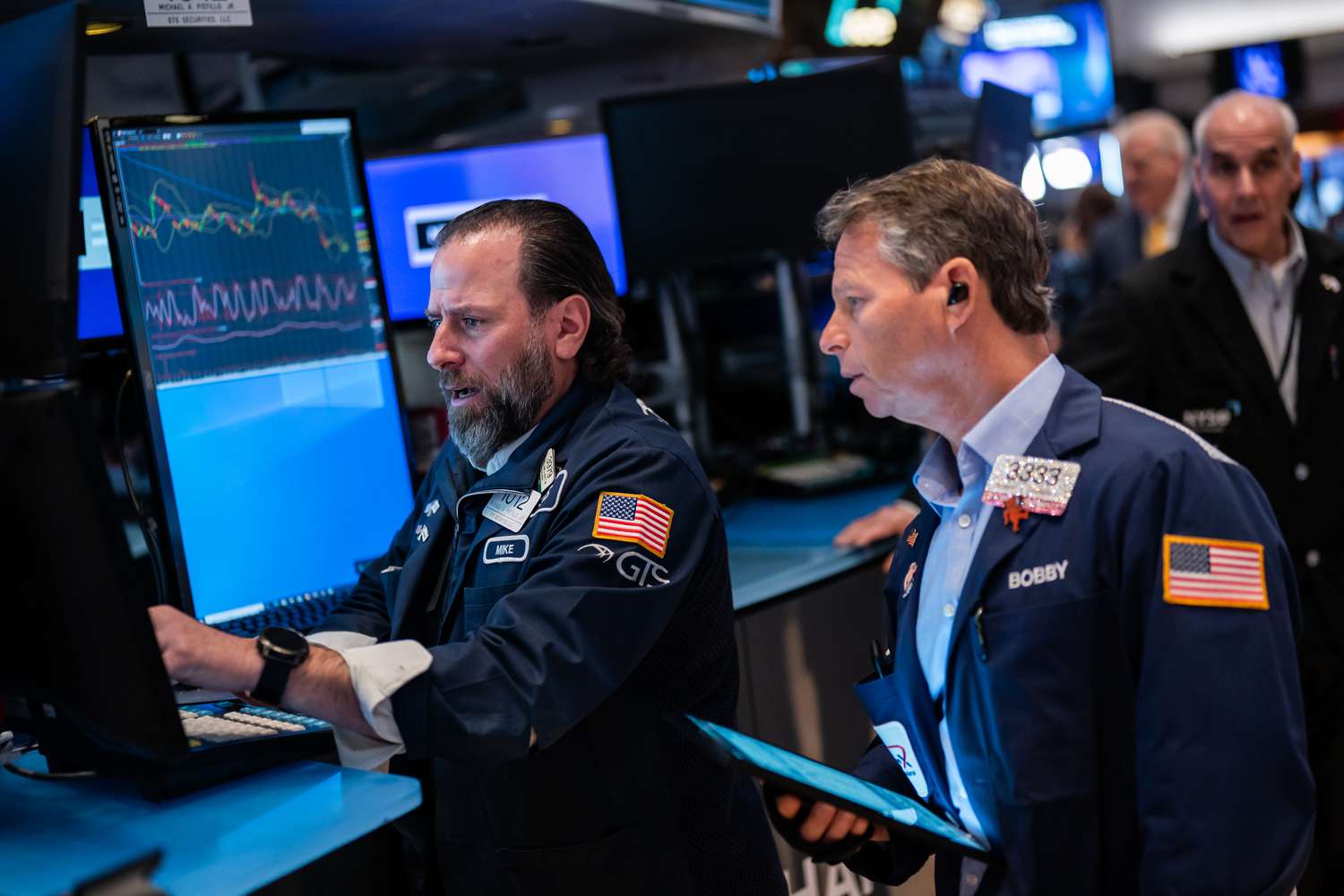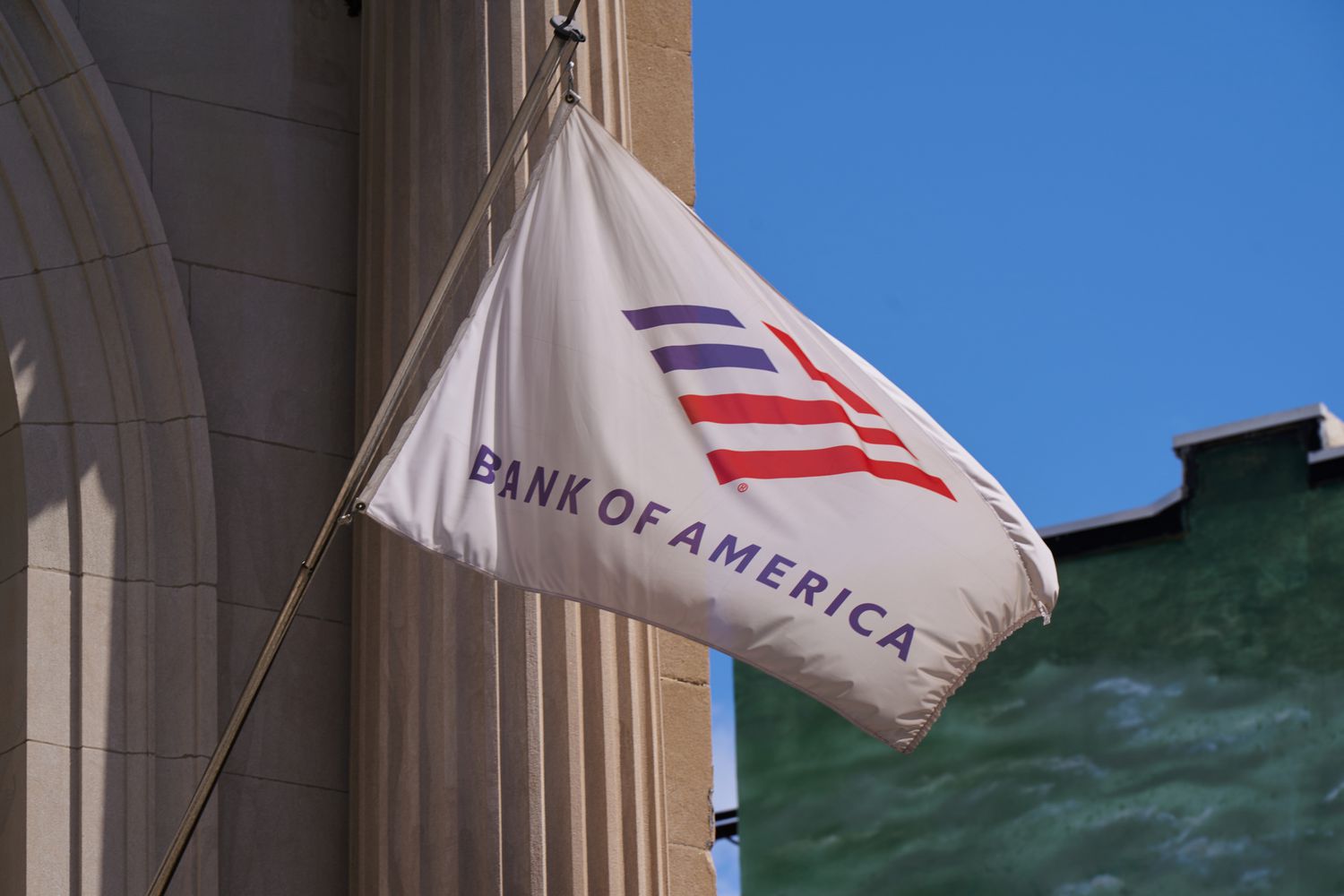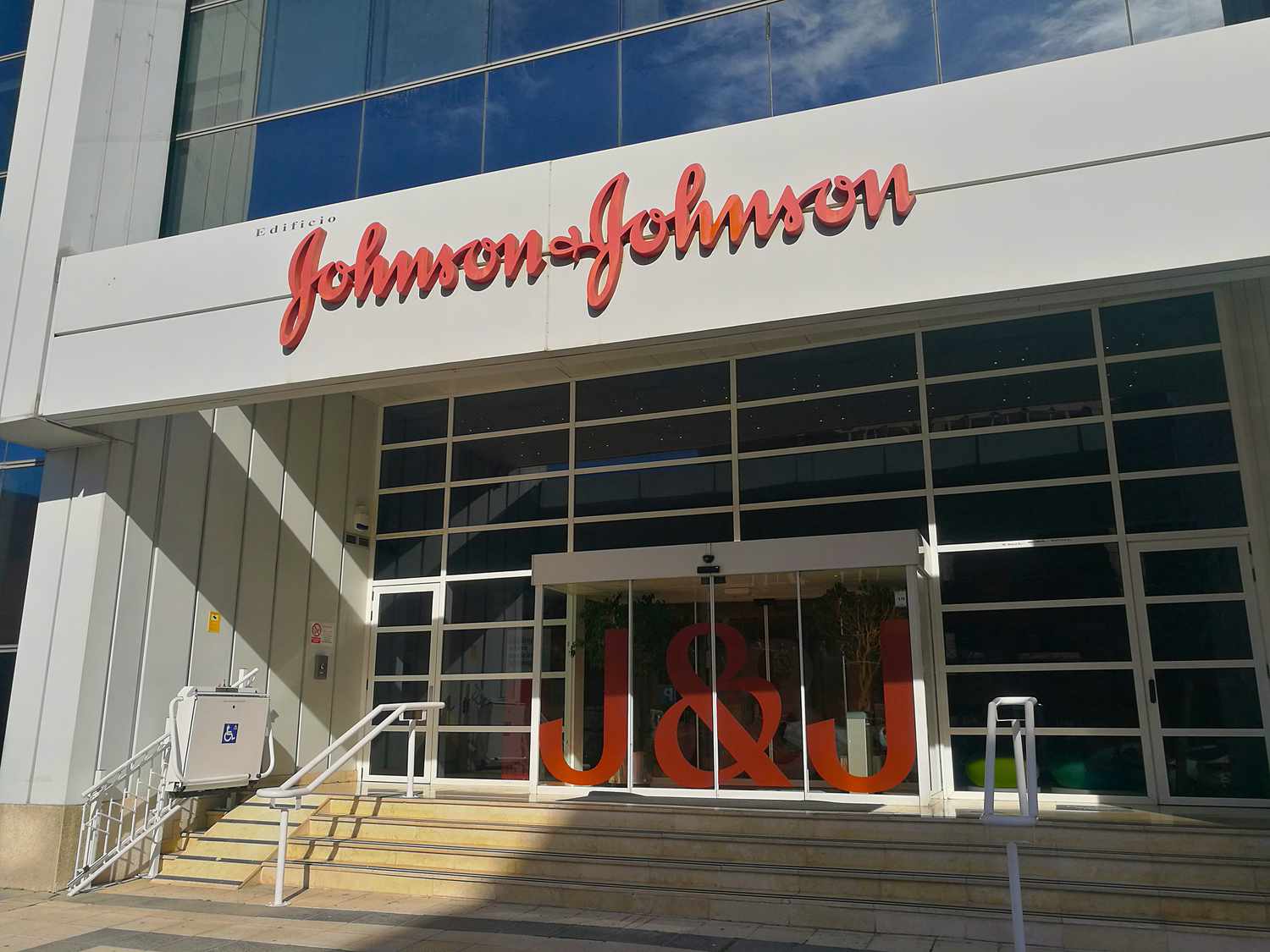Trump Has Hinted At Privatizing Federal Student Loans. What Would That Look Like?


KEY TAKEAWAYS
- President Donald Trump recently signed an Executive Order initiating the closure of the Department of Education and hinted at privatizing student loans.
- Federal student loans were privately held with government backing until 2010. Some conservative politicians say privatization would reduce federal spending and encourage borrowers to pay their debt.
- It may be difficult to convince Congress and lenders to privatize student loans, as the transition would be costly and difficult.
Recent moves suggest President Donald Trump may push to privatize the federal student loan system, but experts say he could have a hard time getting lenders and lawmakers on board.
Trump recently signed an Executive Order initiating the closure of the Department of Education. In the order, the administration said the Department of Eductions handles more than $1.6 trillion in student debt, equating it to the size of one of the U.S.’s biggest banks, Wells Fargo. Yet, the department has fewer than 1,500 employees in the Office of Federal Student Aid, compared to more than 200,000 employees at Wells Fargo, the order said.
“The Department of Education is not a bank, and it must return bank functions to an entity equipped to serve America’s students,” Trump said in the executive order.
In addition, a day after Trump signed the order, he said the Small Business Administration (SBA) will take on the management of federal student loans. The SBA guarantees loans for small businesses issued by private banks and other financial institutions.
These moves could signal a push to privatize student loans, Mark Kantrowitz, a student loan expert, told Investopedia in an email. The White House and Department of Education did not respond to a requests for comment; however, there is a precedent for a private federal student loan system.
What Would Privatizing Students Look Like?
Federal student loans were facilitated privately with the Federal Family Education Loan (FFEL) program until 2010.
When the FFEL program still provided new loans, the Department of Education worked with private lenders to offer student loans with federal government guarantees. Some borrowers still hold FFEL loans, but in many cases, these borrowers are ineligible for most federal student loan relief programs.
This would be more widespread if student loans were privatized. Borrowers would likely lose federal forgiveness and discharge programs, in addition to flexible repayment options, Kantrowitz wrote in an article for The College Investor.
Some conservative politicians criticize the student loan program for spending too much on forgiveness programs and not incentivizing borrowers to pay back their debt. According to a report from the Government Accountability Office, federal student loans cost the federal government $197 billion as of fiscal year 2021.
“Since private lenders would take financial losses if they lend to students…they have an incentive to steer students toward institutions and programs whose graduates typically earn enough to repay their debts,” said fellows from think tank American Enterprise Institute in a report. “Privatizing the federal student loan program would save taxpayers hundreds of billions of dollars.”
Will Trump Be Able To Privatize Student Loans?
Student loans could return to a privatized system, but it would need Congressional approval, and private servicers may not be willing to take the large student loan portfolio, experts said.
To privatize existing student loans, the federal government would likely need to sell the existing portfolio to private lenders. However, private loan servicers are unlikely to be able to fund more than a trillion dollars through capital markets and bond issues, Kantrowitz said.
“Even with a steep haircut, discounting the portfolio by 50%, they just don’t have the money,” Kantrowitz said. “If they were to try to sell the portfolio for that, how will Congress be able to fund such a huge write-down?”
The federal government would need to provide guarantees or subsidies to make the loans attractive to private lenders. Yet, even with this, private lenders may not have the administrative capacity to manage all student loans and would likely resort to working with existing loan servicers, Kantrowitz wrote.

















